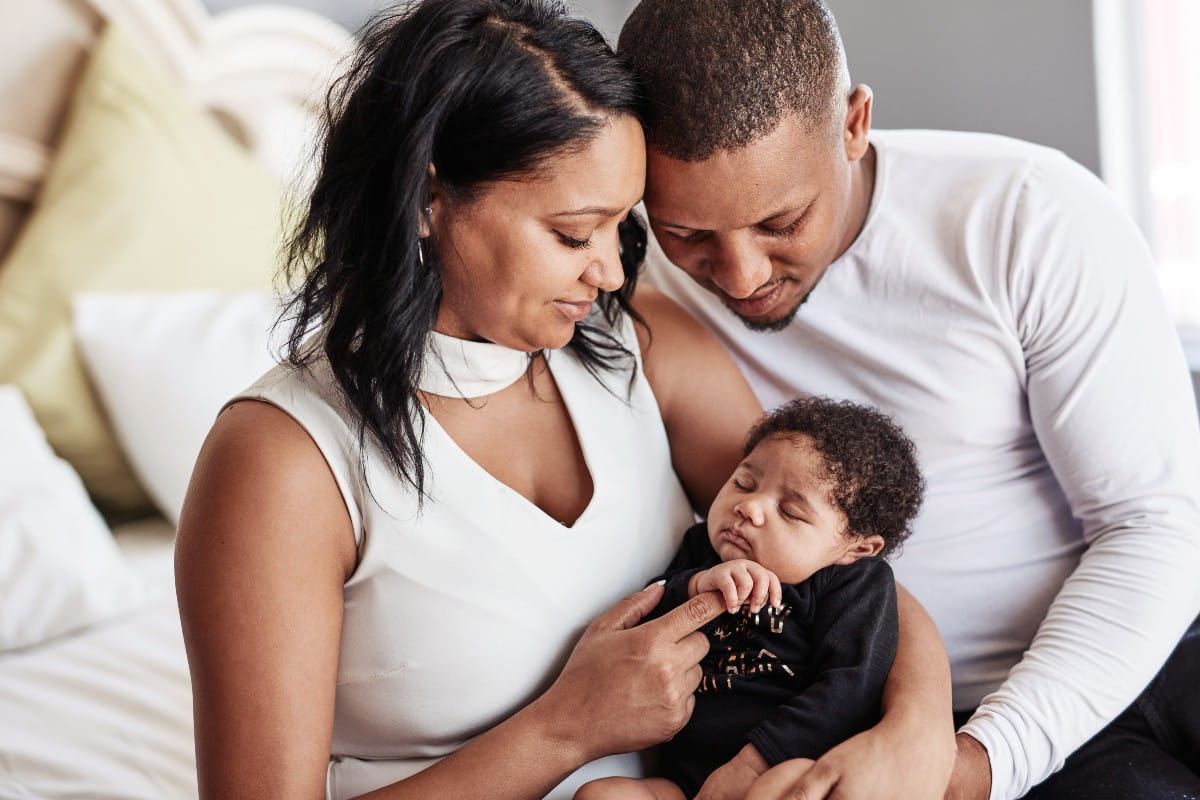Postpartum refers to the period of time after you deliver for your body to get back to it’s pre-pregnancy state. You may have heard it called the “fourth trimester”. This is an important time for you to heal and recover from childbirth.
To support your transition from the hospital to going home, the videos and information found on this page will provide essential information for your postpartum care and the care of your newborn baby.
Your personal postpartum discharge instructions are found in your MyChart. If you don’t have MyChart you may sign up here. If you don’t have access to sign up for MyChart, don’t worry. Your care team can print your discharge instructions for you before you leave the hospital.
This video has important after delivery instructions for Mom
POST birth warning signs for mom to look out for up to one year after delivery
Recognizing the warning signs of a post birth complication in the first year after delivery is crucial and can save your life. Some warning signs require immediate care where you should call 9-1-1, while other symptoms you should promptly reach out to your OB provider.
Call 9-1-1 if you are experiencing:
- Pain in your chest
- Obstructed breathing of shortness of breath
- Seizures
- Thoughts of hurting yourself or others
Call your OB provider if you have any one of these symptoms:
- You soak a pad in an hour or pass a clot bigger than an egg
- Any part of your incision is not healing
- You had a vaginal delivery and have lacerations that are not healing, are red or are swollen
- Your calf muscles are red, swollen or tender to touch- this could be an indicator of a blood clot
- You have a fever greater than 100.4 degrees
- Headaches that don’t get better with medicine or include changes in vision
- Increase in your pain that is not relieved by medication
- Foul-smelling vaginal discharge
- Pain in your breasts especially if accompanied by a fever, as this can be a sign of mastitis (an infection of the breast)
For concerns after hours, call RiversideNurse at 757-595-6363.
View our After Delivery Book that contains valuable information for your health and well-being:
- Click here for the Peninsula After Delivery Book
- Click here for the Eastern Shore After Delivery Book
Have you scheduled your own postnatal well-check? A postnatal well-check provides a dedicated time with your OB provider to talk through how you are feeling and listen to any concerns you may have. This visit is part of your comprehensive maternity care and helps to make sure you stay healthy physically, mentally and emotionally. Call your OB provider to schedule today!
This video has important discharge instructions for your baby as you return home
Warning signs for newborn baby
Call your baby’s pediatrician or family medicine provider if:
- Baby has a fever greater than 100.4 degrees
- Baby is lethargic (appearing to have little or not energy, sluggish or sleeping longer than usual)
- Baby is vomiting or has diarrhea
- Baby has yellow in their eyes, as this can indicate jaundice
Need a family medicine provider or pediatrician for your baby?
Call 757-534-5352 to schedule today!
If you live on the Eastern Shore, please call 757-302-2835.
Baby classes
Riverside offers both in-person breastfeeding classes at Riverside Regional Medical Center and virtual breastfeeding classes. To register visit riversideonline.com/babyclasses.
What you need to know to create a safe sleep environment for your baby
Good sleep for baby starts with safe sleep. In this video, our nurses walk you through safe sleep guidelines, to protect your baby from accidental suffocation or Sudden Infant Death Syndrome (SIDS). This information is a resource for you and anyone that helps to care for your baby.
Car seat safety
Your baby should be buckled in a rear facing car seat appropriate for their age and size. Follow the car seat manufacturer's instructions for installation, height and weight requirements for usage.
To find a Certified Child Passenger Safety Technician who can assist with car seat installation click here.
The Centers for Disease Control (CDC) has excellent Child Passenger Safety resources. Visit them online by clicking here.

.jpg)
